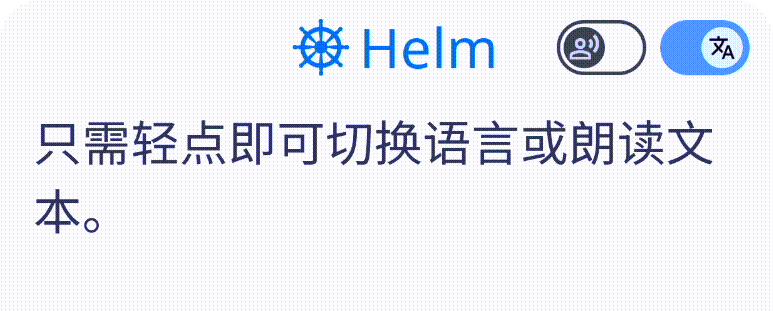用新鲜、真实的内容,自然地学习语言!

热门话题
按地区探索
 随着 12 年收入的增加,印度人在食品上的支出减少,在其他商品上的支出增加。
随着 12 年收入的增加,印度人在食品上的支出减少,在其他商品上的支出增加。
 印度国家银行报告称,在过去 12 年中,印度家庭的消费模式发生了重大变化,农村和城市地区的谷物和豆类消费量下降了 5% 以上。
印度国家银行报告称,在过去 12 年中,印度家庭的消费模式发生了重大变化,农村和城市地区的谷物和豆类消费量下降了 5% 以上。  这种转变反映了在经济增长、政府政策和生活方式改变的推动下,从食品转向非食品。
这种转变反映了在经济增长、政府政策和生活方式改变的推动下,从食品转向非食品。  农村和城市地区的食品支出份额都有所下降,而非食品支出有所增加,这凸显了印度不断发展的社会经济格局和生活水平的提高。
农村和城市地区的食品支出份额都有所下降,而非食品支出有所增加,这凸显了印度不断发展的社会经济格局和生活水平的提高。
10 文章
 Indians spend less on food, more on other goods as incomes rise over 12 years.
Indians spend less on food, more on other goods as incomes rise over 12 years.